* I usually buy a whole chicken and cut it into chicken breasts, chicken thighs, chicken drumsticks, and chicken wings. This amount is perfect for this recipe and is also the most cost-efficient. You can also decide if you would like to leave the skin on some or all of the meat for the best flavor or remove the skin for a more diet-friendly option. However, feel free to opt for any part or combination of chicken portions you like, for example, all chicken breasts, all drumsticks, or all wings, as long as you have at least 2 LB of meat in total.
Types of Chicken Meat
January 20, 2025Chicken is a global culinary superstar, renowned for its versatility, affordability, and mild flavor that adapts to countless cuisines. While many home cooks gravitate towards familiar cuts like the breast, the world of chicken meat extends far beyond this popular choice. Understanding the different types of chicken meat available unlocks a wider range of culinary possibilities, allowing you to choose the perfect cut for your desired dish and cooking method. From succulent dark meat to lean white meat, each part of the chicken offers a unique texture and flavor profile waiting to be explored. This guide will navigate the diverse landscape of chicken meat, providing you with the knowledge to make informed decisions at the butcher counter and elevate your chicken cookery to new heights.

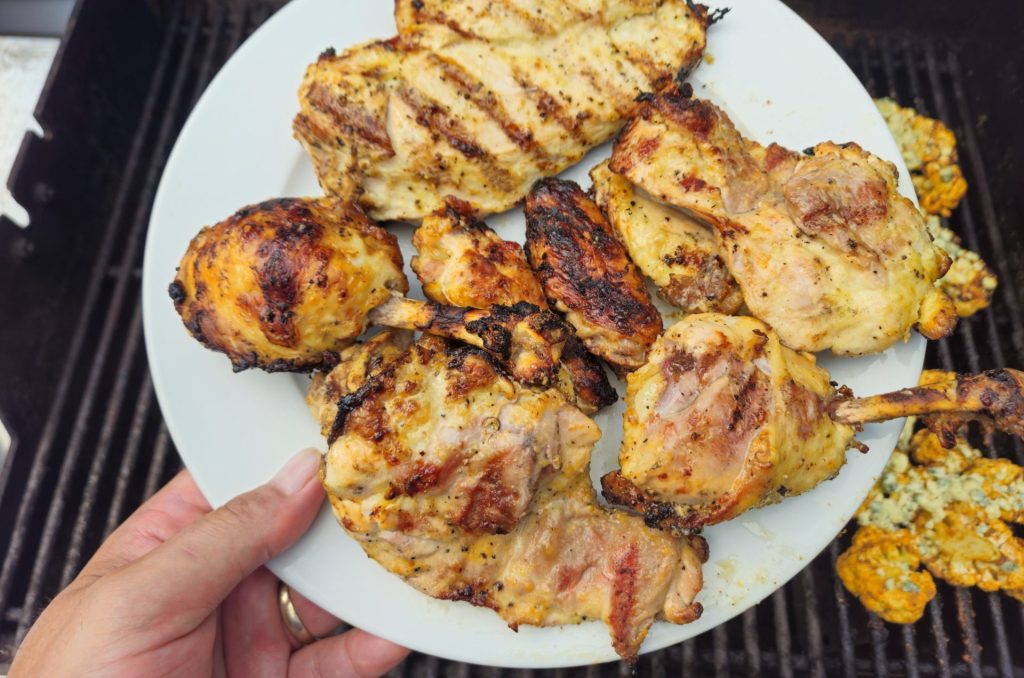
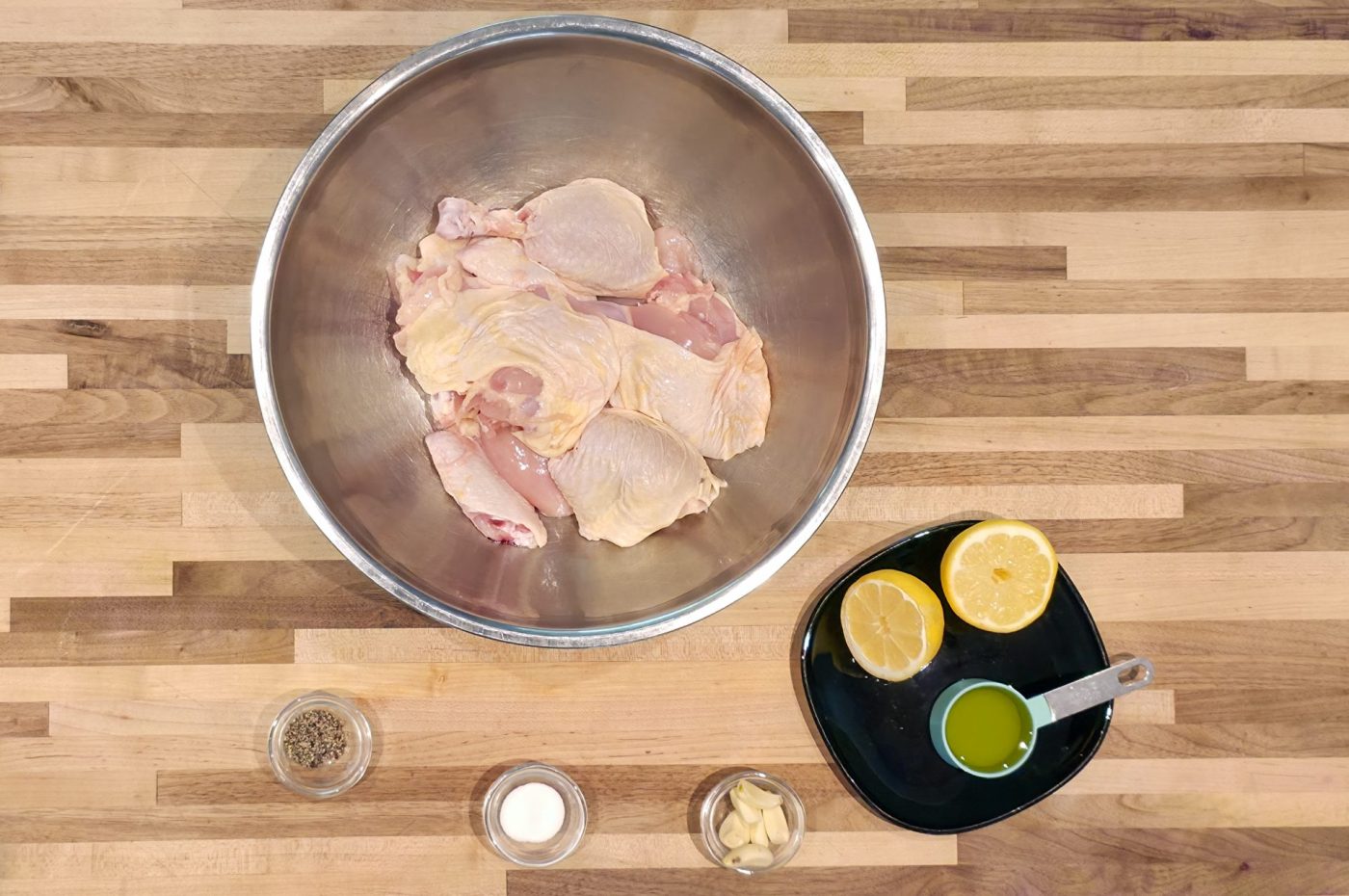
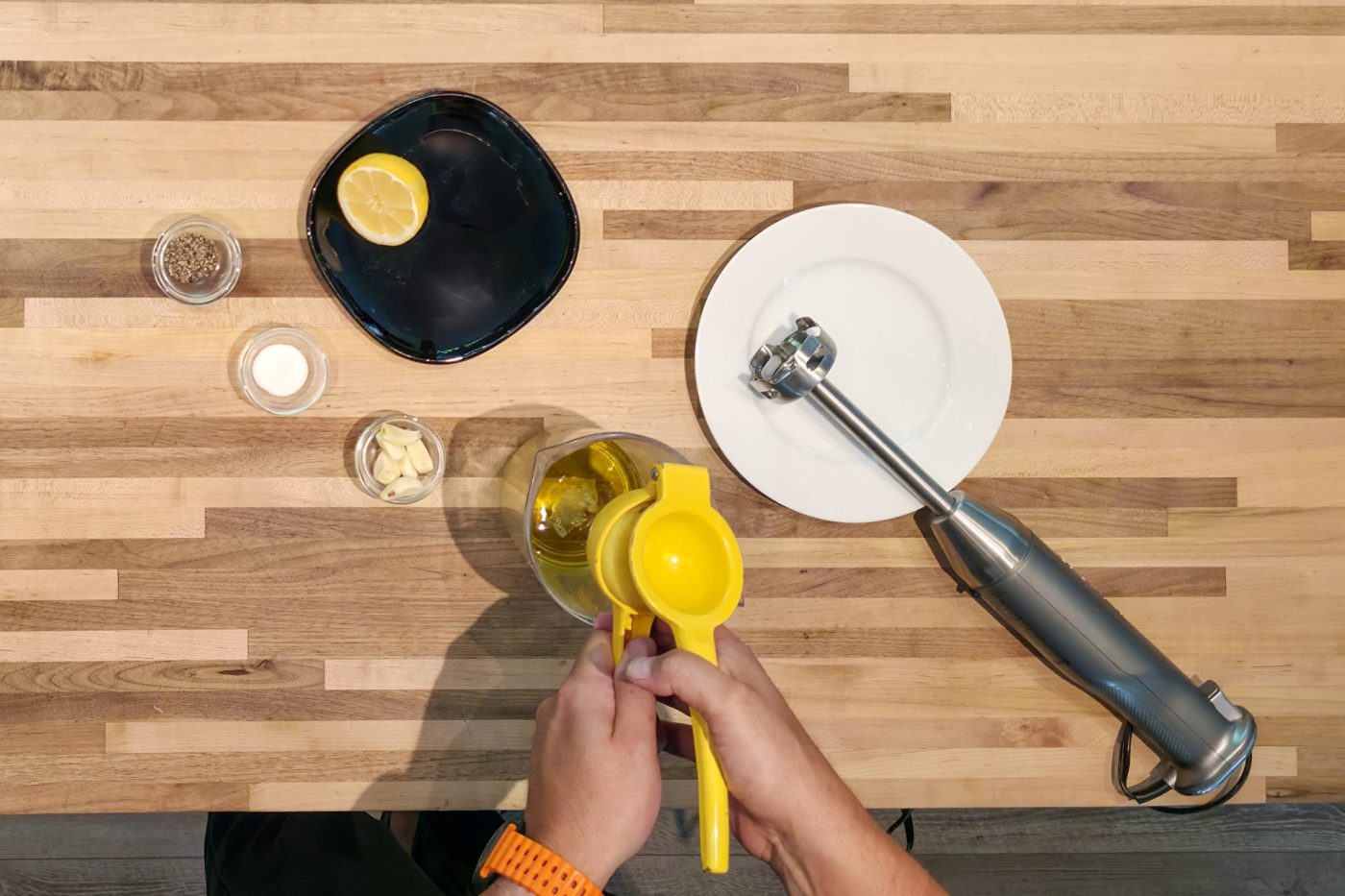
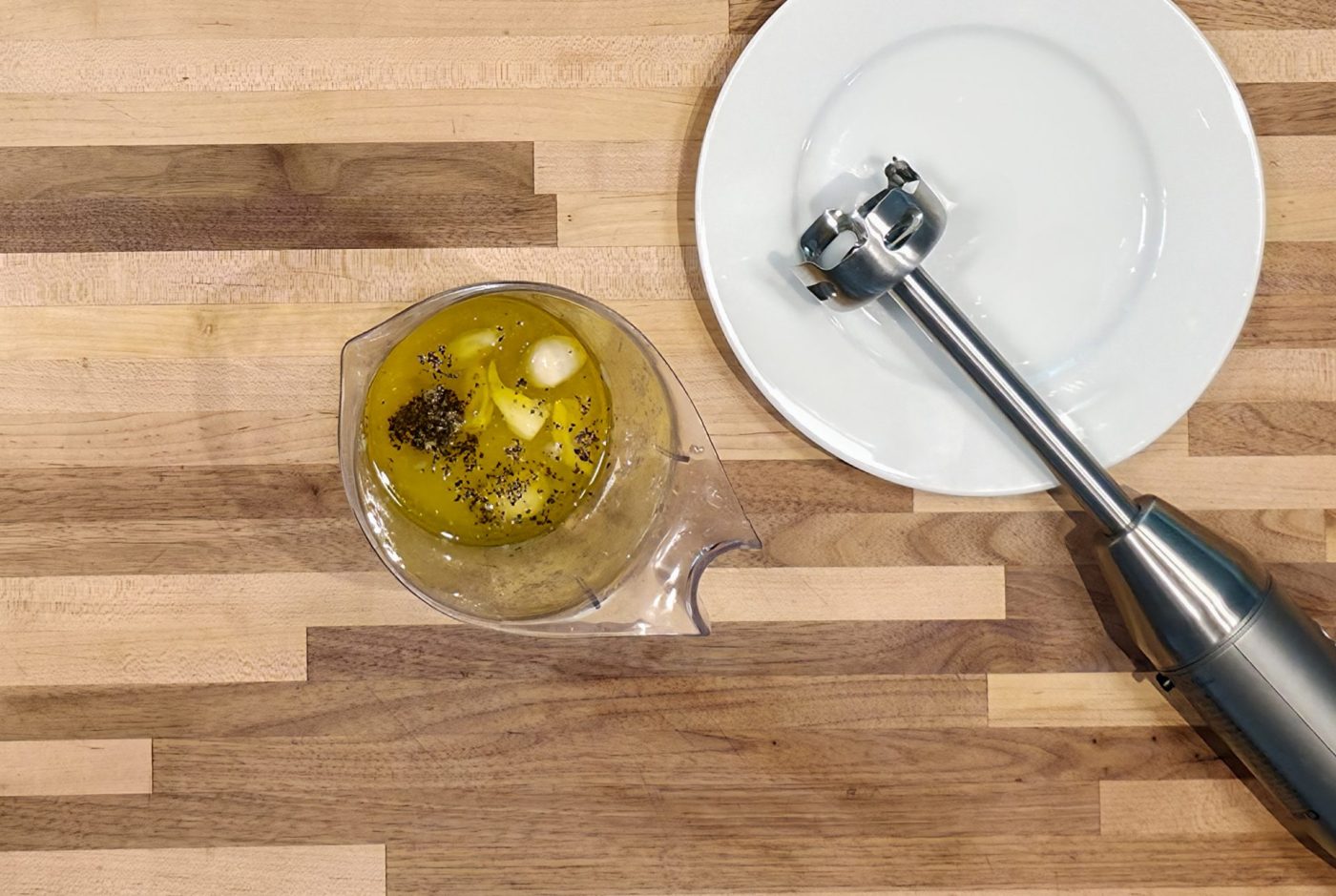
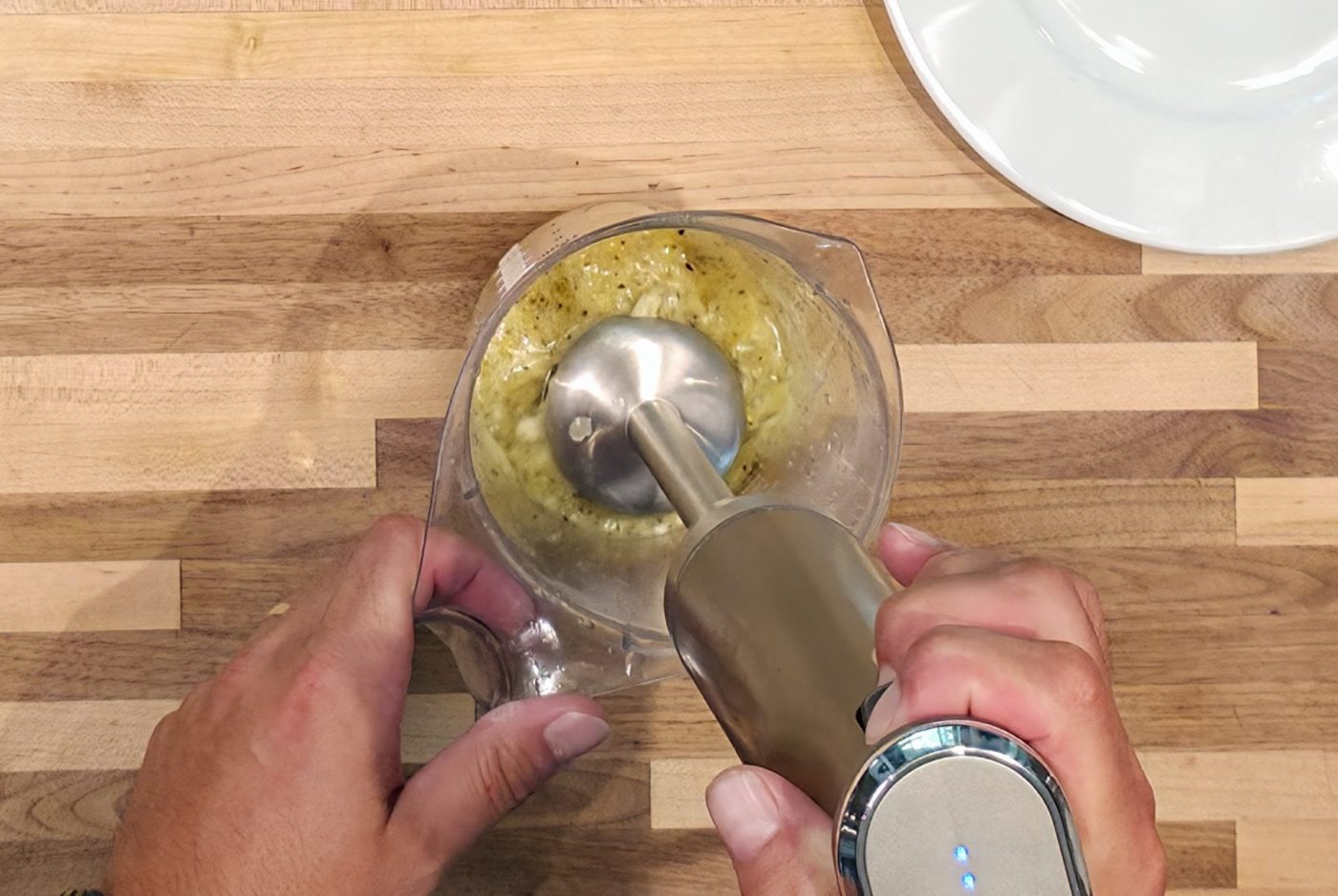
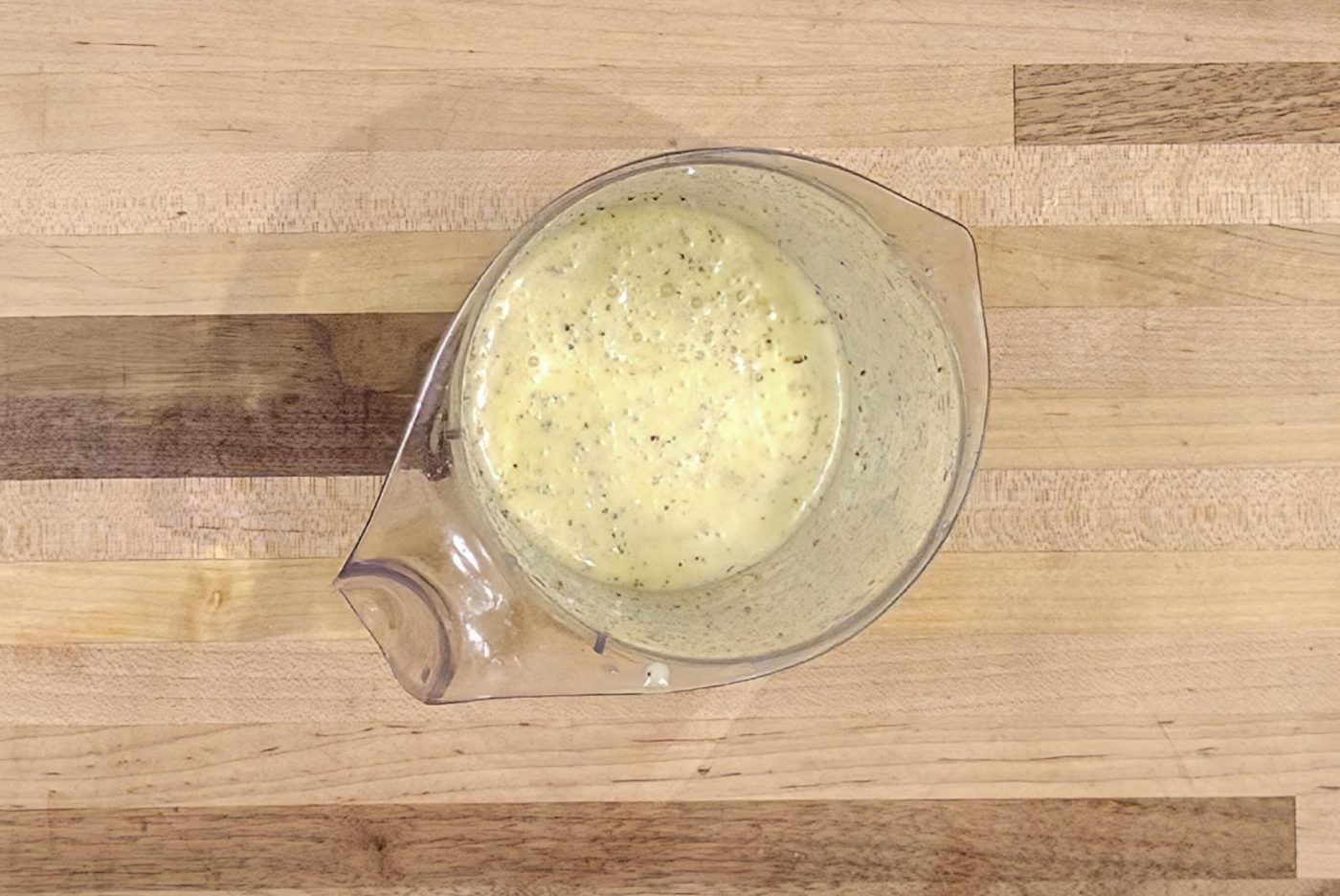
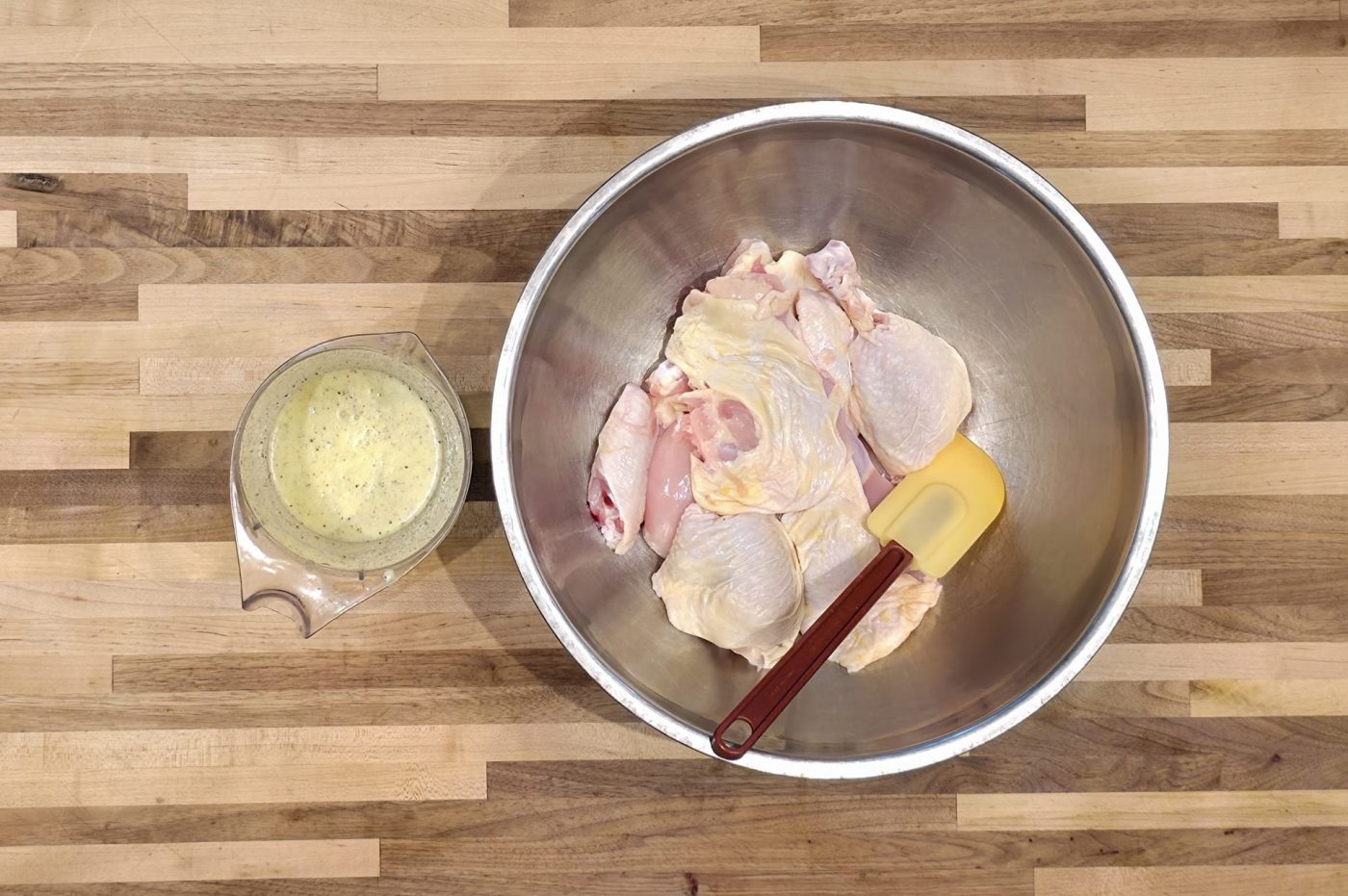
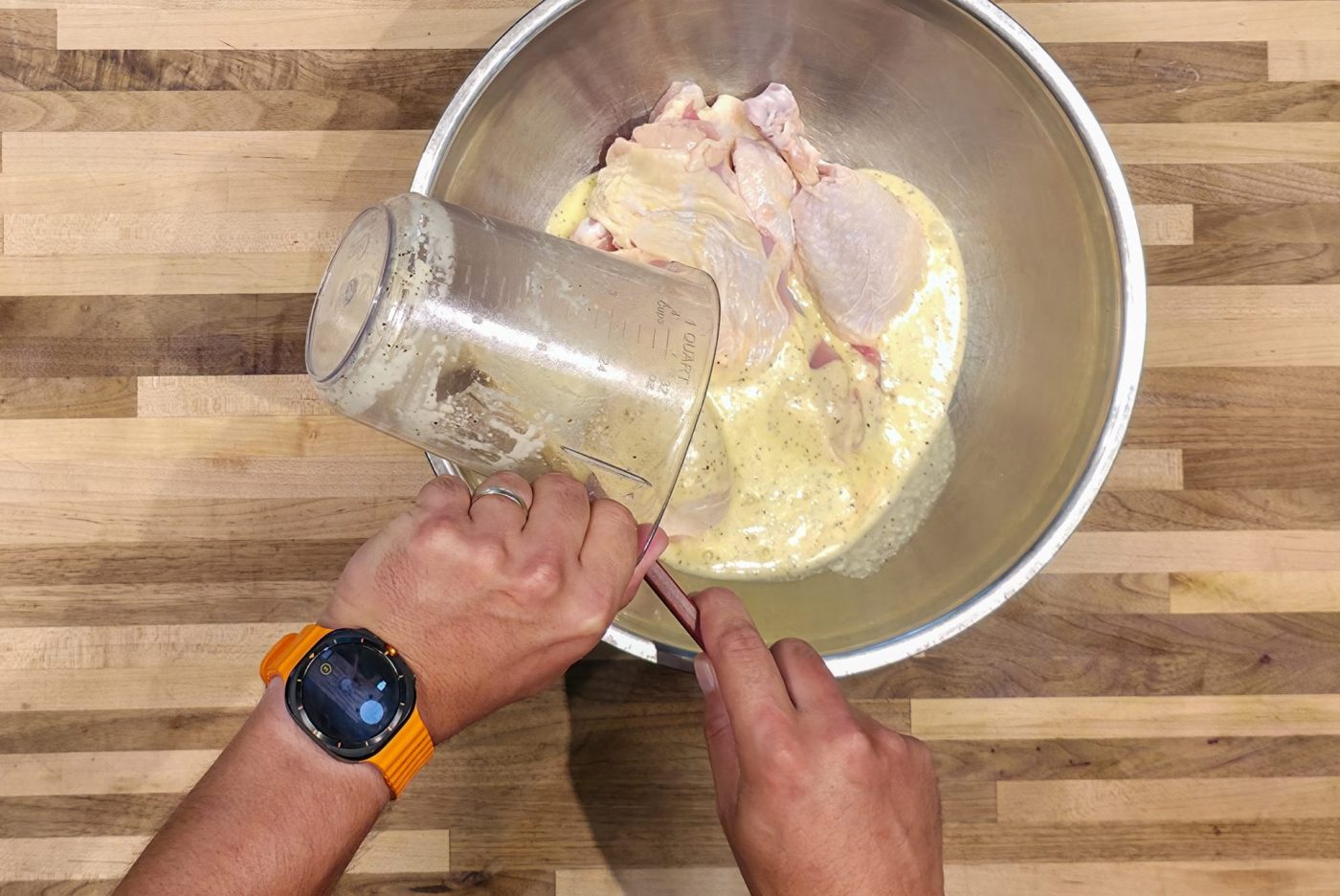
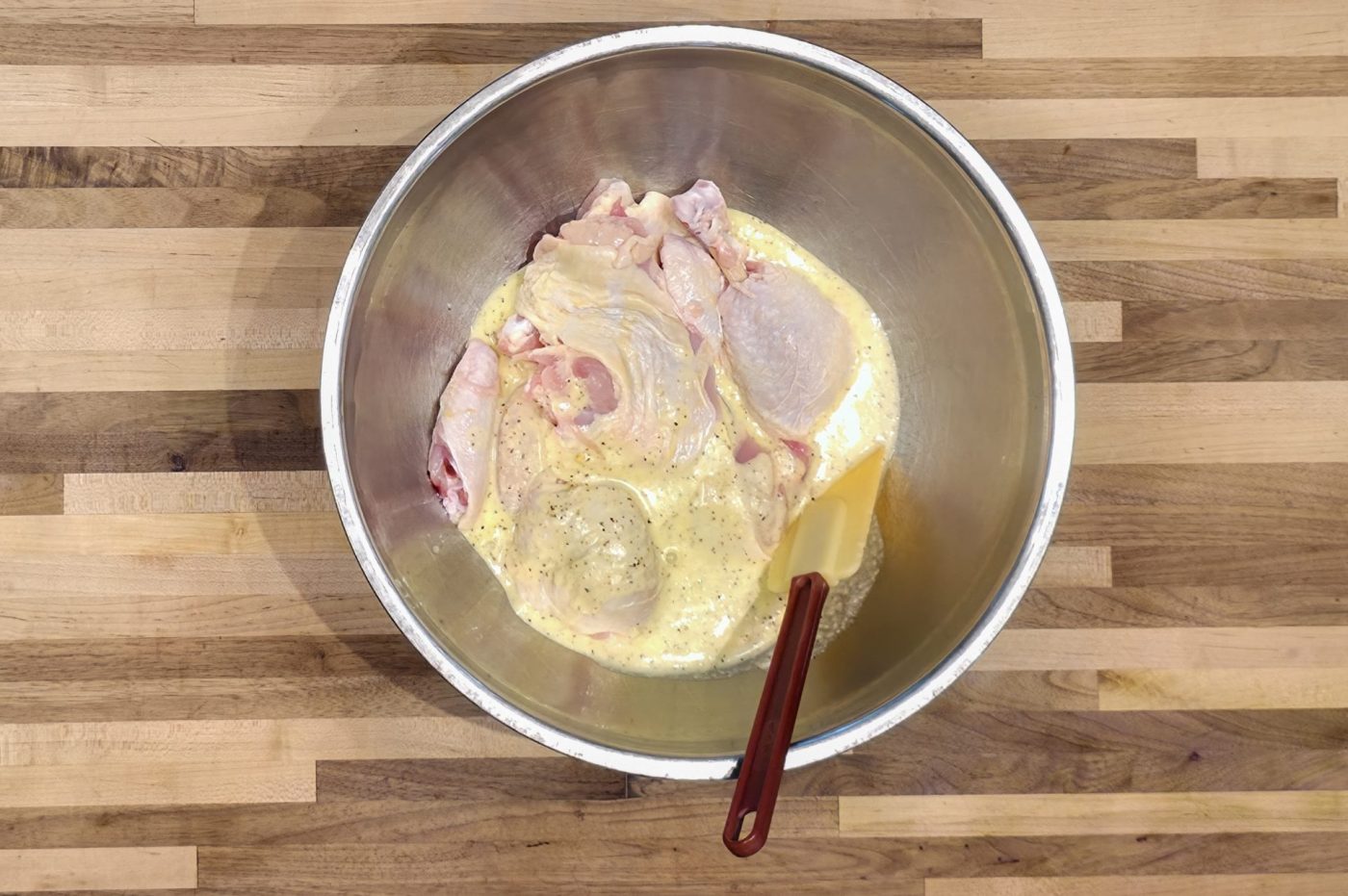
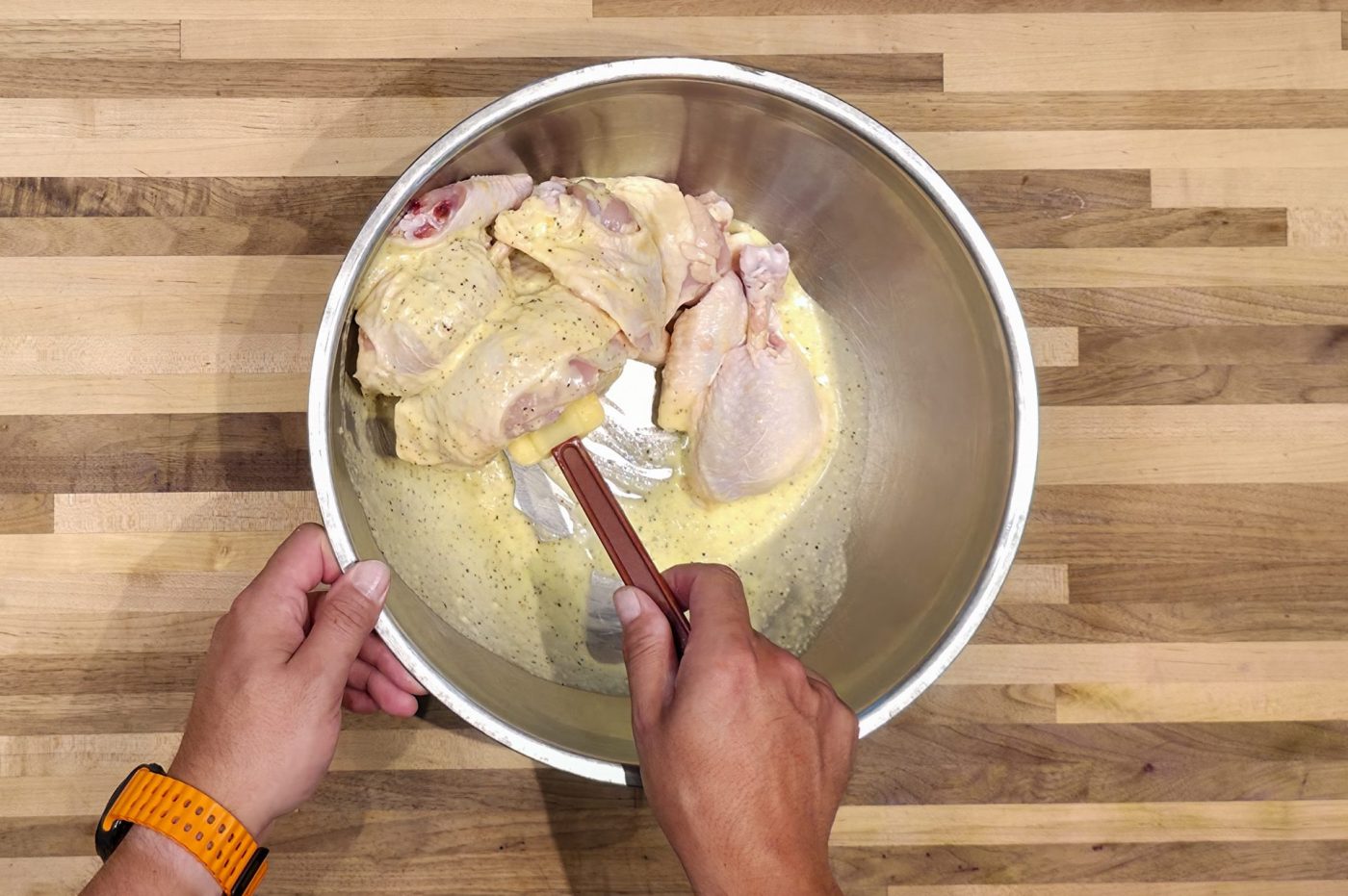
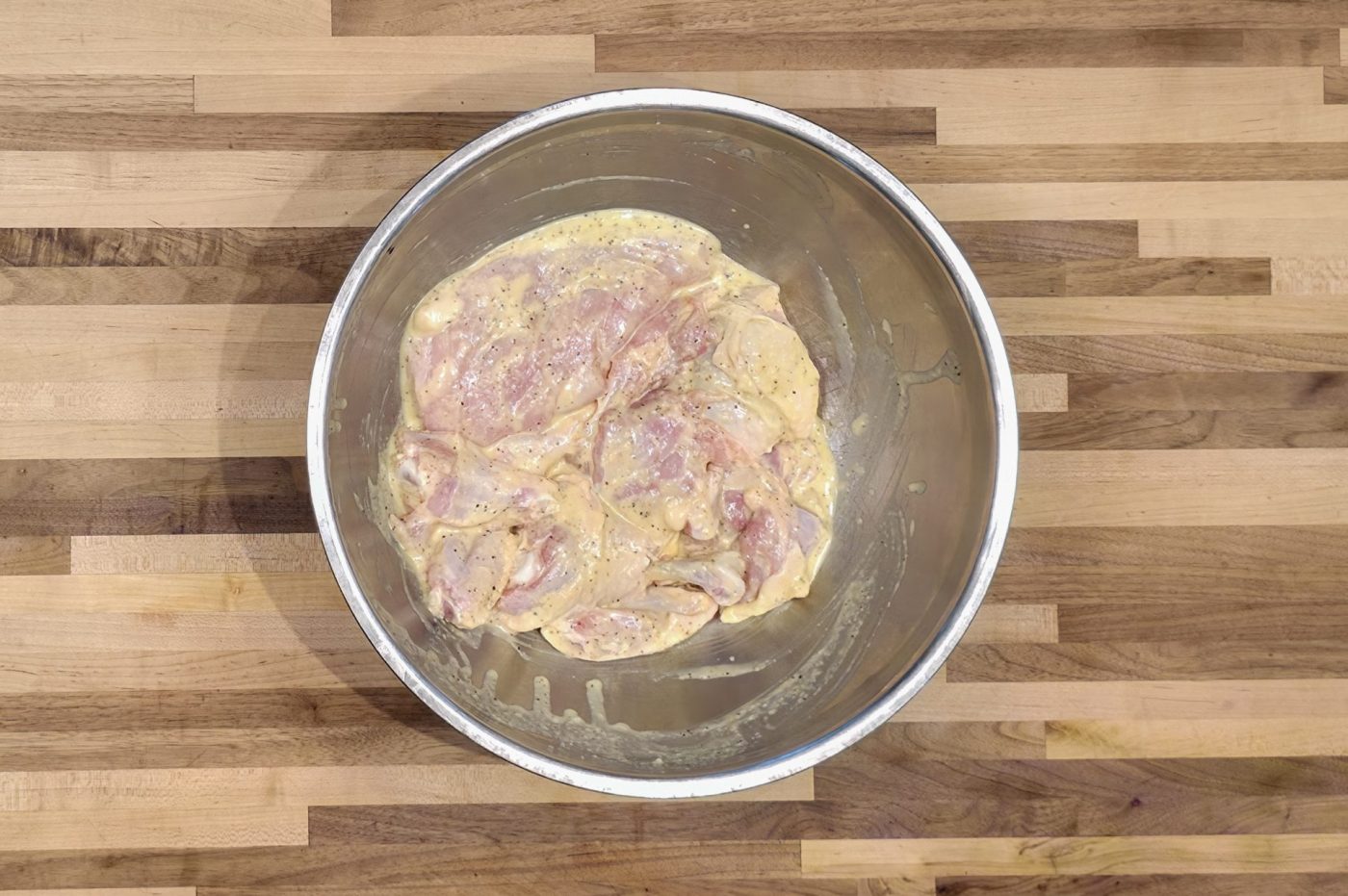
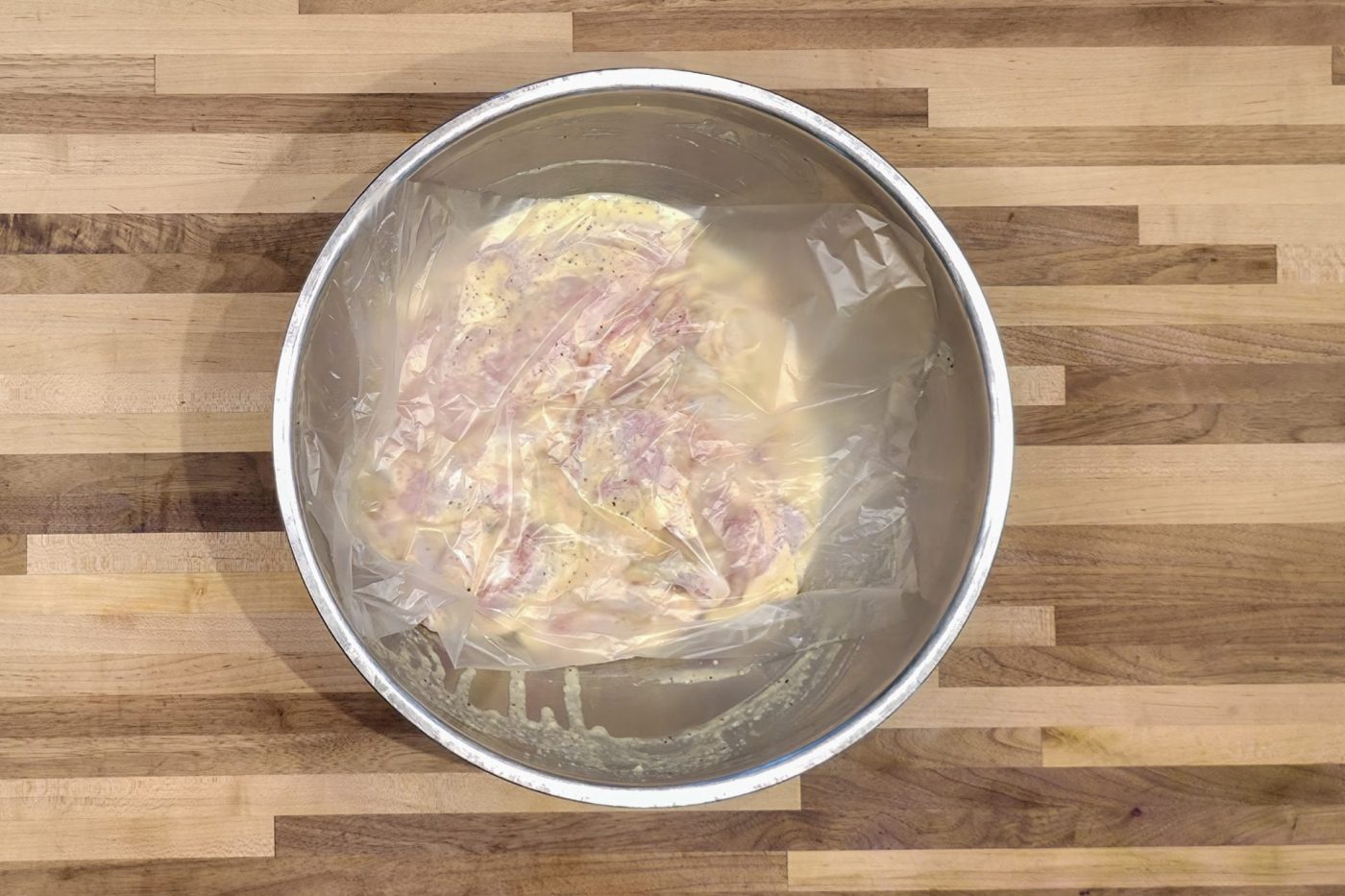
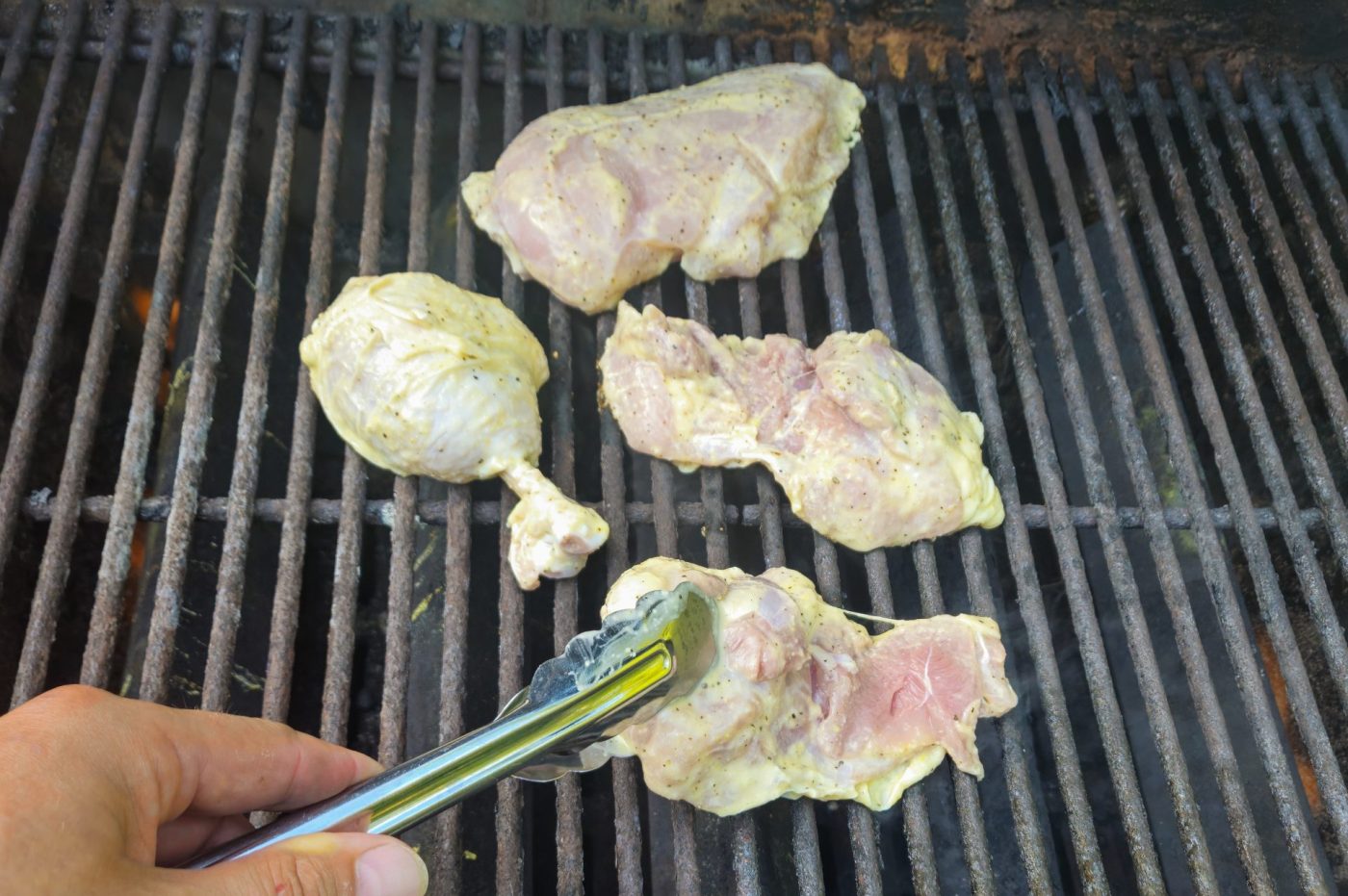
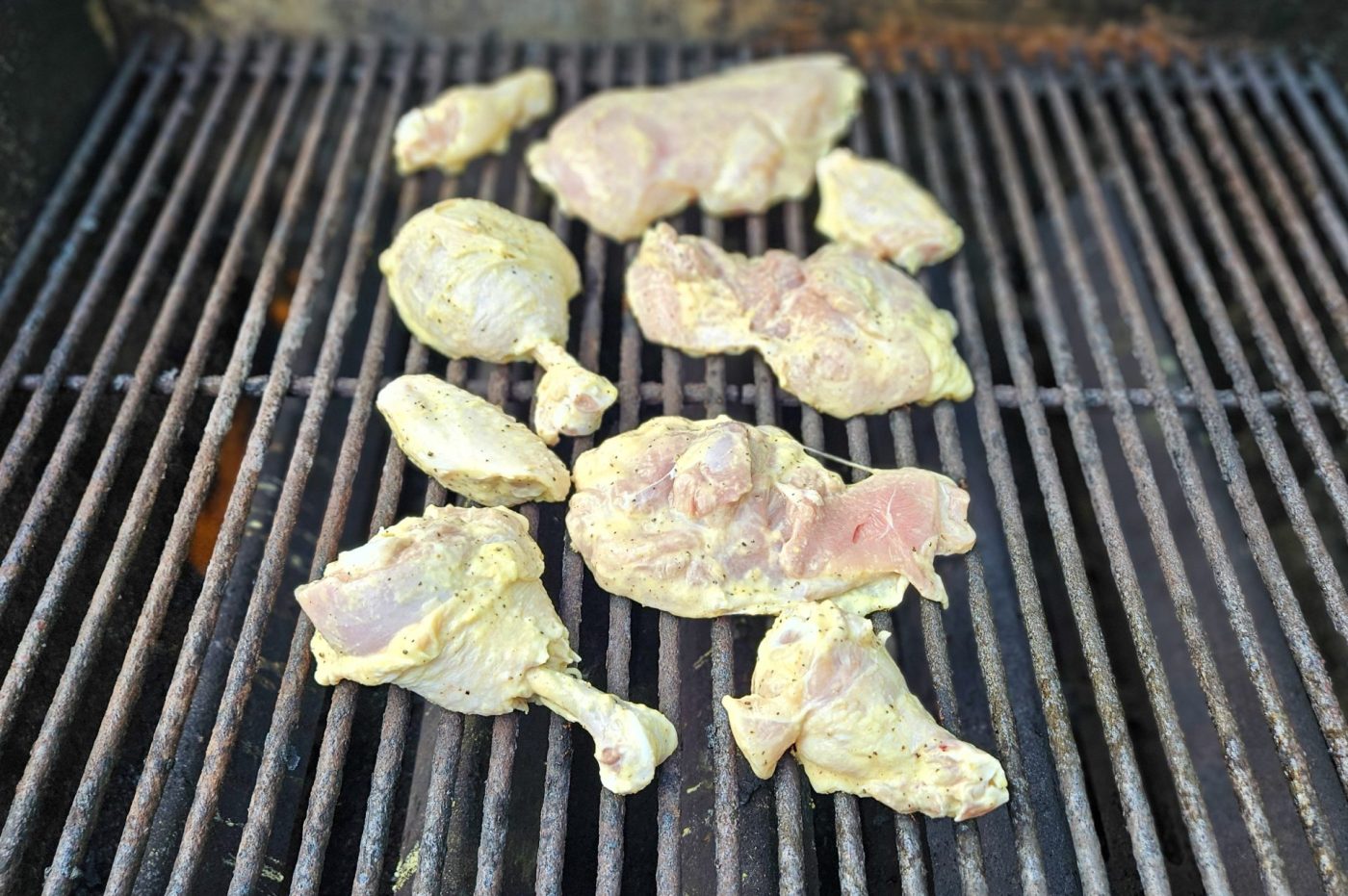
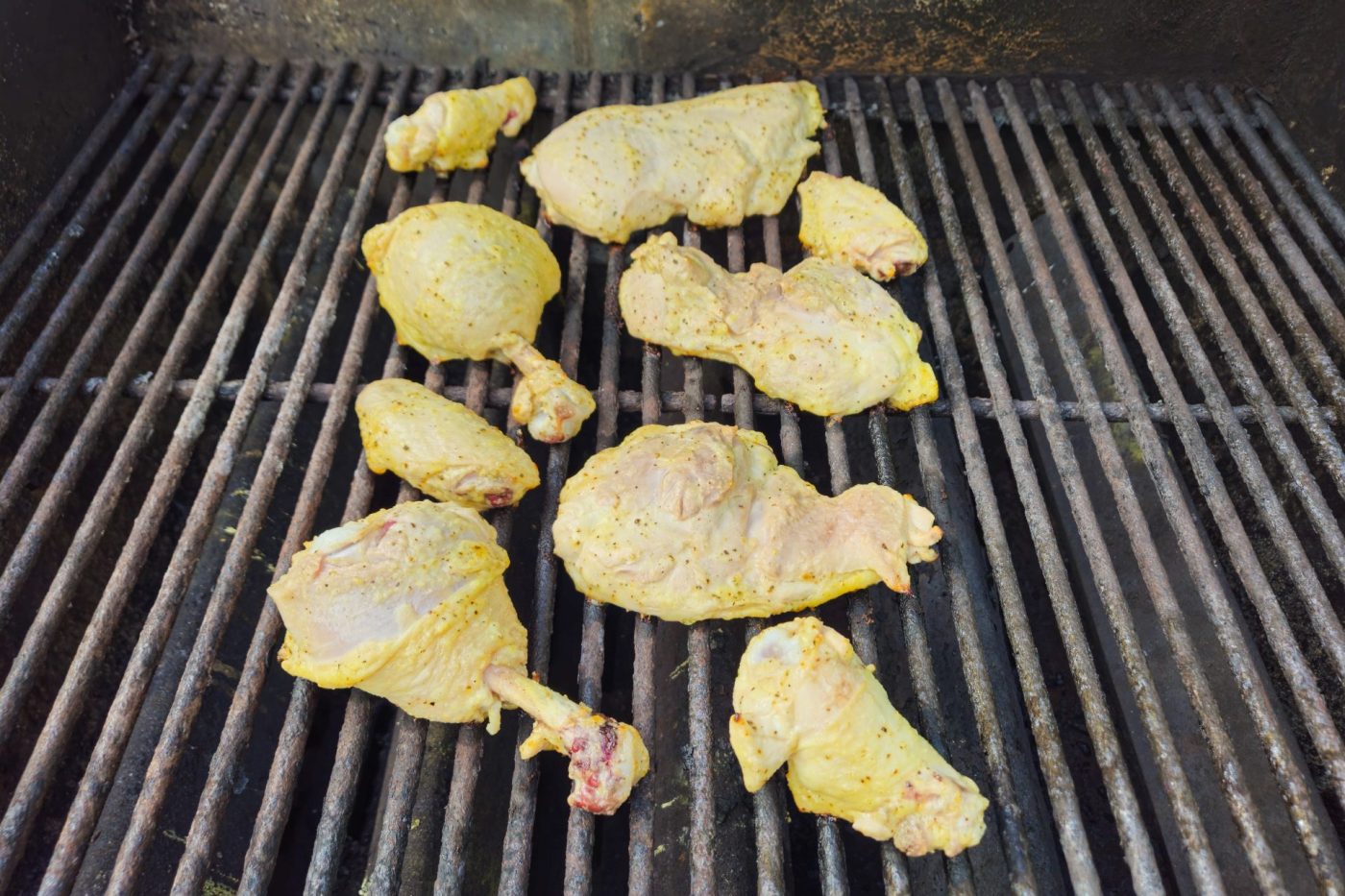
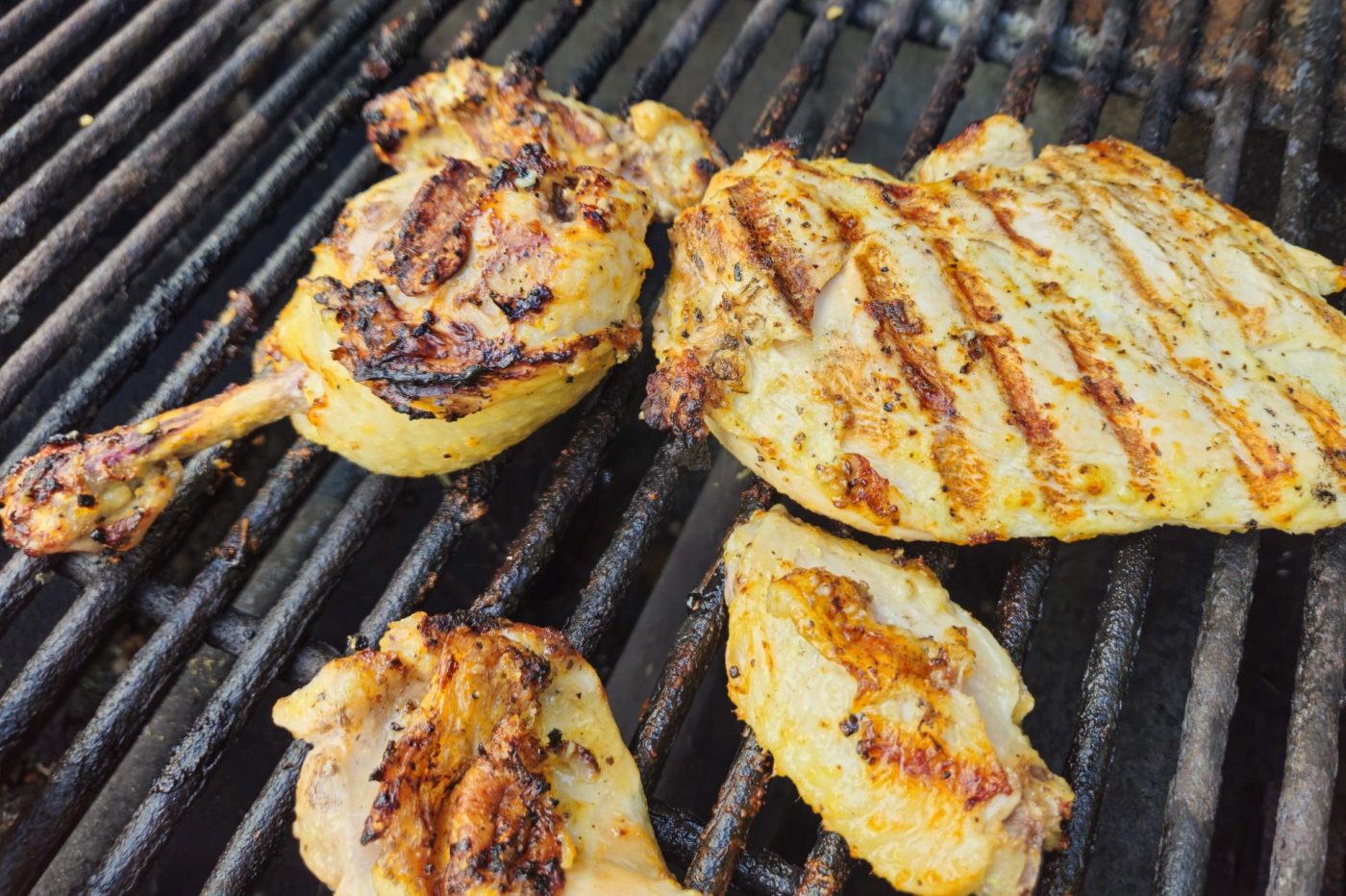

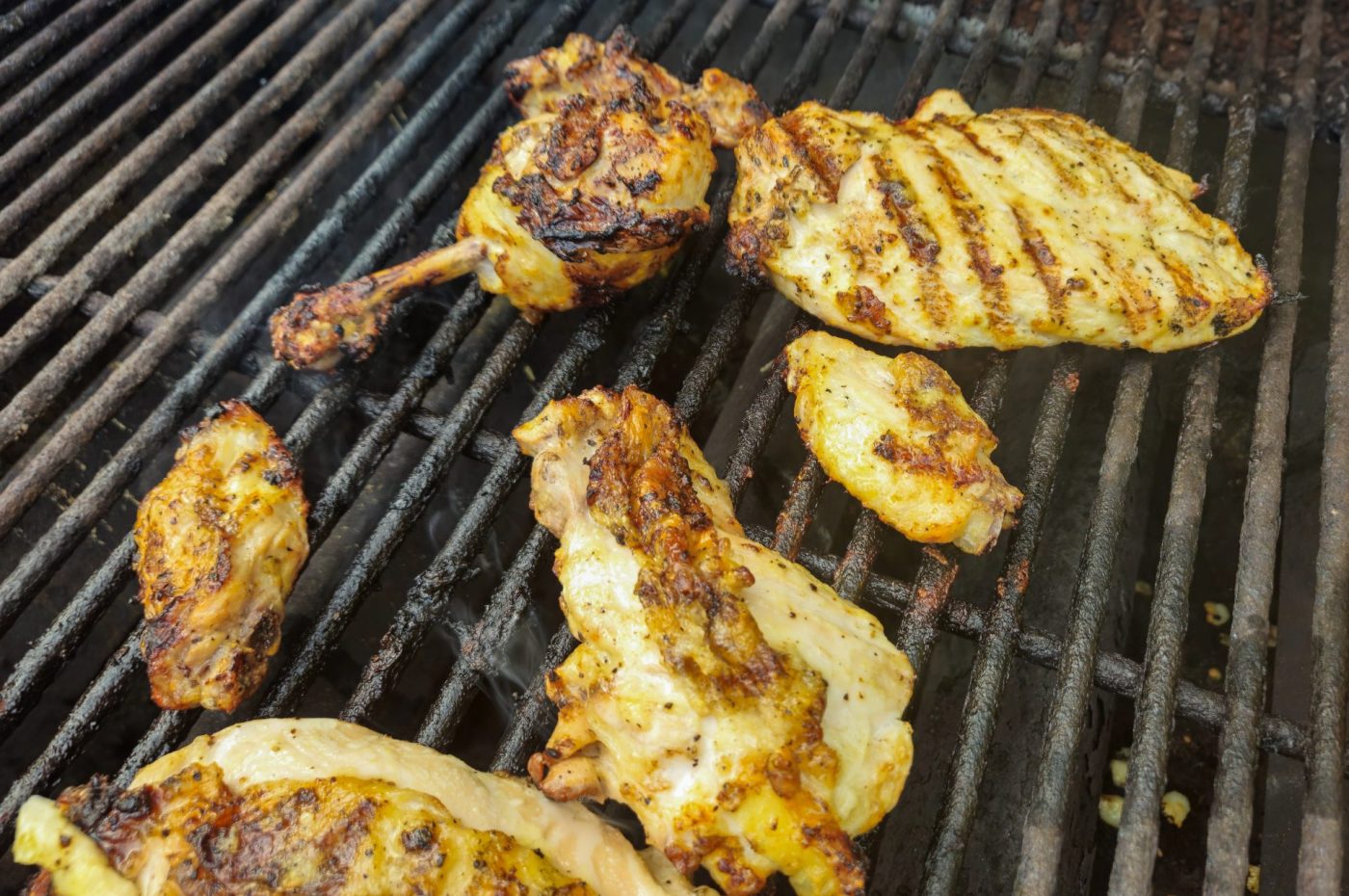




Share
Click on the icons below to share "Title of the item to share"